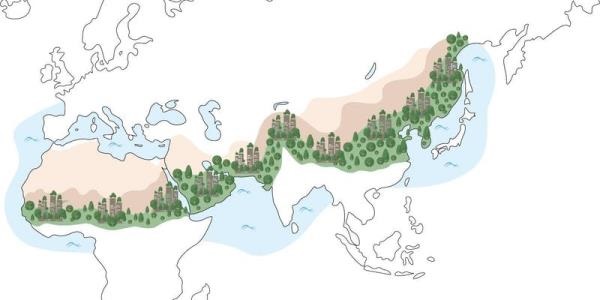
21 September 2019, New York - The UN Food and Agriculture Organization's Director-General Qu Dongyu today announced the Great Green Wall for Cities initiative that aims to support nature-based solutions to climate change.
The Director-General made the announcement on the eve of this week's Climate Action Summit in New York at a Summit side event.
"The rapid expansion of cities takes place without land use design and the resulting human pressure causes highly damaging environmental effects through clearing or degradation of forests and other green spaces in and around urban areas," Qu said.
"The problem is particularly severe in drylands, where the effects of climate change are expected to increase the exposure of cities and surrounding areas to severe droughts, sand and dust storms, heatwaves, extreme winds, floods and landslides." This he added, has detrimental affects on millions of people.
Qu outlined how the Great Green Wall for Cities builds on the progress made under the Great Green Wall of Africa and the Sahel project and would see the creation of urban green areas that are integrated into wider landscape restoration activities.
FAO, together with partners, is aiming to support at least three cities in each of 30 countries in Africa and Asia, Dr Qu said today at the Climate Action Summit's Nature Based Solutions for Cities side event.
By 2030, the bold action will have helped cities create up to 500,000 hectares of new urban forests and restore or maintain up to 300,000 hectares of existing natural forests in and around cities in the Sahel and Central Asia.
Once completed, the Wall would capture 0.5-5 Gigatonnes of carbon dioxide (CO2) per year.
The enhanced green infrastructure will reduce the costs of preventing and addressing the impacts of climate change and improve the well-being of citizens, the Director-General said.
If well managed, urban forests and trees can reduce air temperature by up to 8 degrees Celsius, reduce the costs of air conditioning by up to 40 percent, reduce stormwater flows and improve air quality by filtering dust and pollutants.
By 2050, the proportion of people living in cities will be almost 70 percent, and much of this growth will occur in Africa and Asia. Without land use planning, the rapid expansion of cities can cause highly damaging environmental impacts including land degradation.